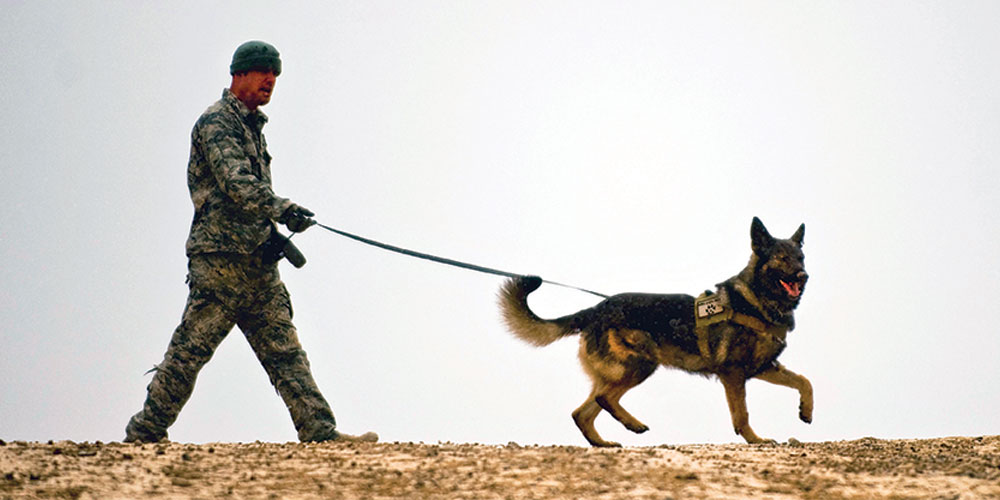This article is a response to Colin Dayan’s Dead Dogs. A reply from Best Friends Animal Society follows.
Some years ago, field workers for People for the Ethical Treatment of Animals (PETA) rescued an abandoned pit bull who had been chained to some cement blocks while the people who had used him in backyard fights moved out. Carter was just skin and bones by the time we got the call from a concerned neighbor, and the heavy chain around his neck weighed more than he did. His ears were shredded and he was covered with sores. Because we hoped to pursue cruelty and abandonment charges, a PETA staffer fostered Carter until the case could go to court.
Carter exemplified the forgiving nature of dogs. As he healed, his personality peeked out. He enjoyed backrubs and tolerated the treatments for his injuries with stoic dignity. He still flinched at raised voices, but as his case slogged on through the system, Carter continued to blossom. Until . . . the day he snapped.
While out on a walk, something triggered him. We’ll never know what exactly—a car horn, a frightening flashback—but the personable dog we had grown to love vanished in an instant. It was terrifying to watch all of Carter’s “progress” disappear in a flash as he viciously went after a man and his dog who were walking by. Thanks to the immediate response of our well-trained staffer, no one was injured. But our hearts were broken. It was clear that Carter was profoundly damaged and could never be made whole again.
Pit bulls are hands down the most abused breed of dog. Our field staff sees them every day, tied up with chains so heavy that they can barely lift their heads, penned ankle-deep in mud and feces with no protection from the elements, taunted and tormented into aggression, forced to fight and tortured if they won’t, used as cheap alarm systems, beaten, starved, and, in many cases, like Carter’s, just left to die. Those who make it to animal shelters are often scarred for life. And shelters are flooded with them—as of this writing, Petfinder.com lists more than 15,000 pit bulls looking for a home. Psychologically damaged pit bulls, through no fault of their own, need space, time, and resources that are already in short supply at animal shelters.
All dogs deserve good homes with devoted families that will responsibly care for and love them for life. Animal shelters in this country are overflowing with unwanted, homeless animals who do not require one minute or one dollar for their rehabilitation—they’re ready to go and literally dying to be placed into new homes. When appropriate homes can’t be found for them, they must either be killed to make room for yet more animals coming in or, at some facilities, warehoused for life in stacked cages or severely crowded pens like obsolete inventory. They become miserable, frustrated, depressed, and cage-crazed.
The notoriety of the Michael Vick case brought the ugly reality of dogfighting and the plight of pit bulls to the front pages. For that, we can take some small measure of solace. But the nearly one million dollars that Vick was rightly ordered to pay to “rehabilitate” the dogs used in his Bad Newz Kennels operation would have had a far greater impact had it been directed into efforts to address and try to end the widespread abuse of pit bulls in the United States.
Nearly three years after authorities raided Vick’s kennels, his dogs are either still homeless or dead. Almost two dozen of them are still confined to cages, day after day, deprived of companionship, mental stimulation, and the chance to run and play freely. They don’t know the joy and comfort of being part of a family, going on outings, getting handouts under the dinner table, and keeping watch over their loved ones—all the things that dogs crave and deserve, minimum requirements for a decent quality of life. It’s hard to imagine a crueler punishment for social pack animals than to keep them locked up, living as a name and number on a cage card. Even friendly dogs can quickly grow aggressive when they are allowed to interact and exercise for only a few minutes a day. What chance do former fighting dogs stand?
I have been working with pit bulls for going on two decades, and I adore them, which is why I do not want any of them spending the rest of their lives in solitary confinement anywhere, whether in someone’s backyard or in a pseudo-sanctuary. The facility that houses many of Vick’s dogs may be on a large piece of property, but their pens or runs are still just cages. Marketing dogs who can’t be placed in homes as “success stories” is not just disingenuous, it is a betrayal of the dogs and of the public, which has been led to believe that rehabilitation is possible. The American public is spared the reality that sheltering and animal-control professionals face every day: fighting dogs rarely get a happy ending. Dogs who have been bred, raised, and trained to kill other animals will always be a danger to our communities. If Vick’s dogs are still too unpredictable to be adopted as family companions, living forever behind cage bars isn’t a solution; it is a life sentence.
Incidentally, the people who so cruelly abandoned Carter to die alone were not charged or convicted. Authorities determined that they couldn’t prove that tying up a dog without food or water and leaving him to die was a “willful” act. And so our work continues.
On the Fate of Vick’s Dogs
PETA’s Daphna Nachminovitch is either hopelessly ill-informed or deliberately spreading disinformation. Her commentary on Colin Dayan’s “Dead Dogs” story alleges: “Nearly three years after authorities raided Vick’s kennels, his dogs are either still homeless or dead.”
This is just flat out untrue. Of the 48 pit bulls seized in the Michael Vick raid, one was euthanized due to irremediable aggression, 25 were quickly placed into loving homes through rescue organizations, and the 22 needing the most attention were placed in the care of Best Friends Animal Society for long-term care and rehabilitation.
Of those 22, five have been adopted by loving, doting families, three are in foster homes, six live in staff offices and spend their days with other dogs, several are great with cats and one specializes in learning new tricks. The two dogs that were Vick’s fighting champions are not good with other dogs but are great with people and are mobbed with attention by visitors and volunteers.
Clearly Ms. Nachminovitch was not one of the 30,000 visitors to tour or volunteer at Best Friends Animal Sanctuary last year or she would know that this is not a place where animals are “. . . deprived of companionship, mental stimulation, and the chance to run and play freely.” Quite the contrary in every regard.
Francis Battista,
Co-founder
Best Friends Animal Society








